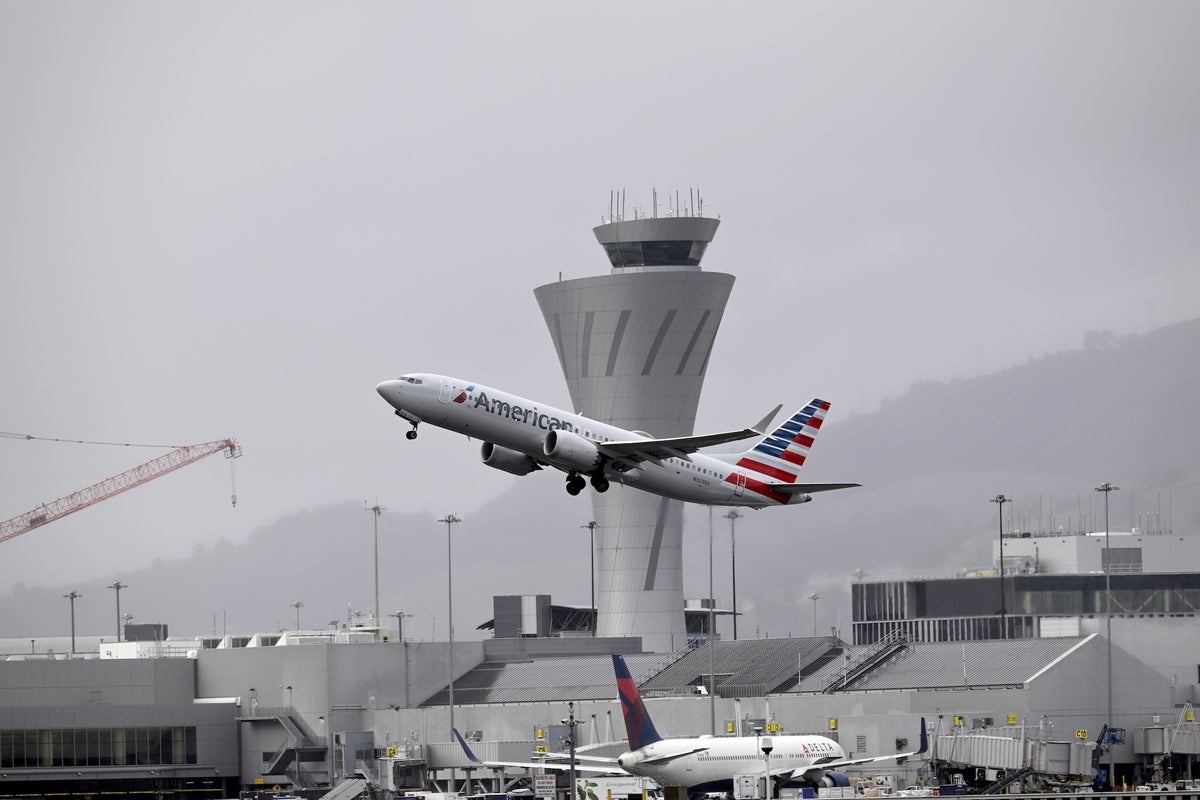
"The Federal Aviation Administration plans to reduce flights by 10 percent across 40 major U.S. airports in response to the ongoing U.S. government shutdown. Hundreds of flights were canceled for Friday, the first day the policy takes effect (with a 4 percent reduction that will rise to 10 percent by next Friday). The move aims to alleviate strain on short-staffed air-traffic controllers, said FAA Administrator Bryan Bedford at a news conference on Wednesday."
"Controllers have been working without pay while the federal government has been closed, which has disrupted flights. We had to have a gut check of What is our job?' said Secretary of Transportation Sean Duffy at the event. Is it make sure there's minimal delays or minimal cancellations,' or is our job to make sure we make the hard decisions to keep the airspace safe?"
"I'm not surprised. This is actually a strategy that they've been employing in the New York metropolitan market since before the summer of 2024. [The government] went to the airlines, and they said, We need you to reduce your flights by 10 percent. And the airlines were able to do that. One of tactics they employed was: they upgauged their aircraft. That's the industry term for flying bigger airplanes."
The Federal Aviation Administration will cut flights by 10 percent at 40 major U.S. airports to reduce pressure on air-traffic controllers during the ongoing federal government shutdown. The reduction began with a 4 percent cut that increased toward 10 percent, causing hundreds of cancellations on the first day. Air-traffic controllers have been working without pay, disrupting operations and prompting safety-focused operational decisions. Transportation Secretary Sean Duffy emphasized prioritizing airspace safety over minimizing delays. Airlines have previously achieved similar reductions by upgauging aircraft—flying larger planes to preserve capacity—and applied that tactic in the New York metropolitan market.
Read at www.scientificamerican.com
Unable to calculate read time
Collection
[
|
...
]